
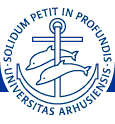


 |

|
 |
 |
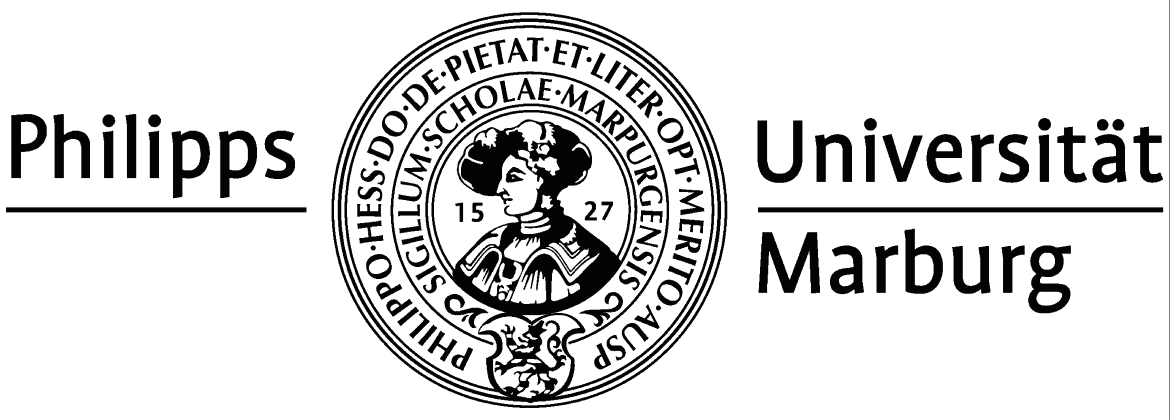 |
| · | verb second (the placement of a finite verb in the second position of a main clause, irrespective of what the first constituent is, found in all Germanic languages except English), and |
| · | V-to-I movement (the placement of a finite verb in the position immediately after the subject in both main and embedded clauses). |
|
|
|
|
|
|
|
|
|
|
|
|
|
|
|
|
|
Natural Language and Linguistic Theory 15.2: 369-427. |
|
Linguistic Inquiry 28.2: 373–422. |
|
Vikner, Sten (1997): "Vo-to-Io Movement and Inflection for Person in All Tenses" Liliane Haegeman (ed.), The New Comparative Syntax, pp. 189–213, London: Longman. |
|
|
|
Chapter 46: Object Shift, by Sten Vikner |
|
|
|
|
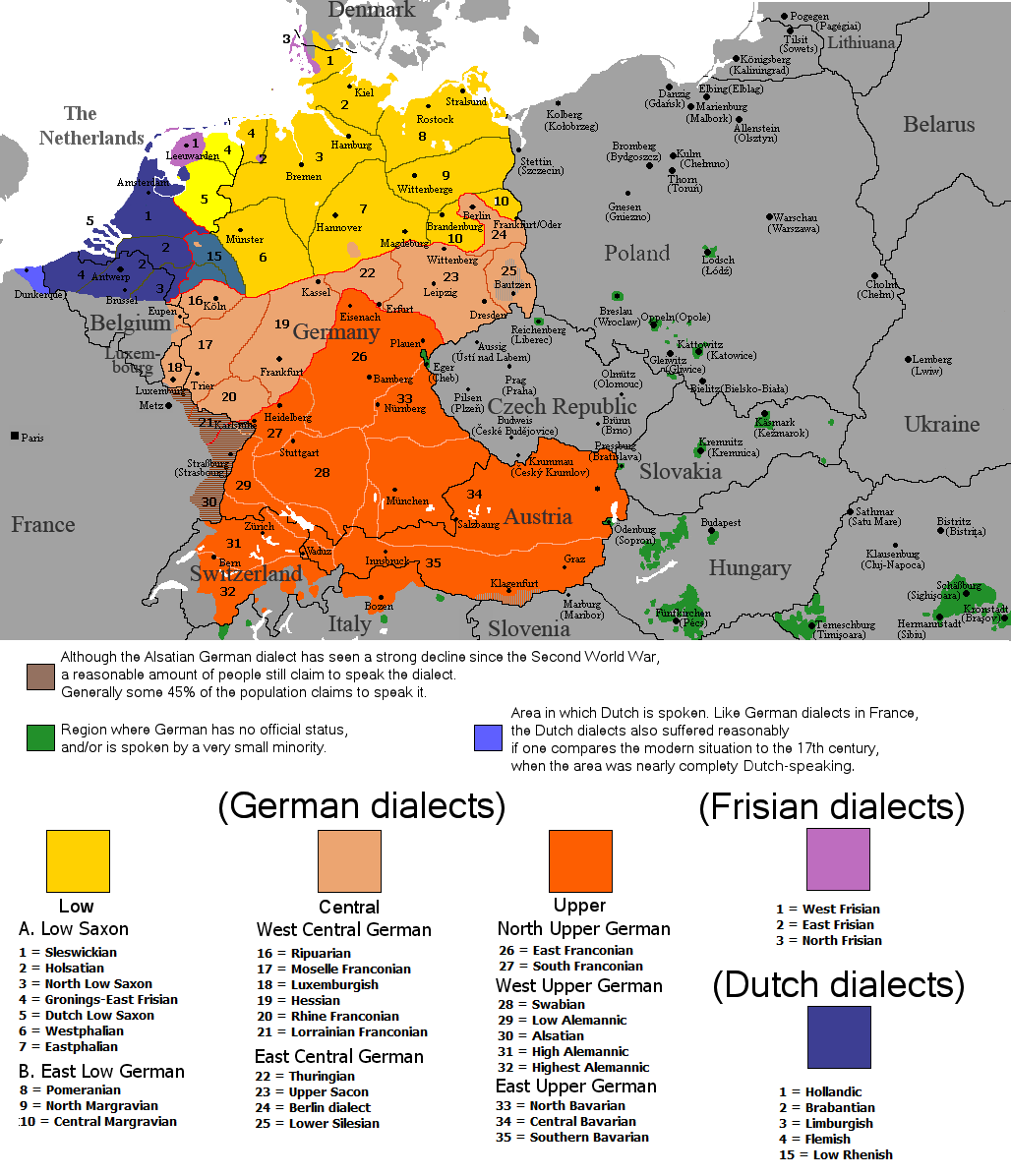
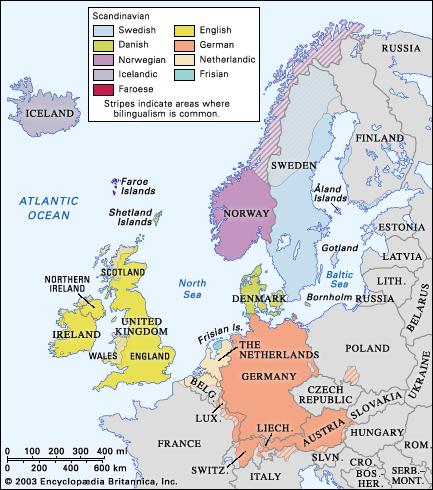
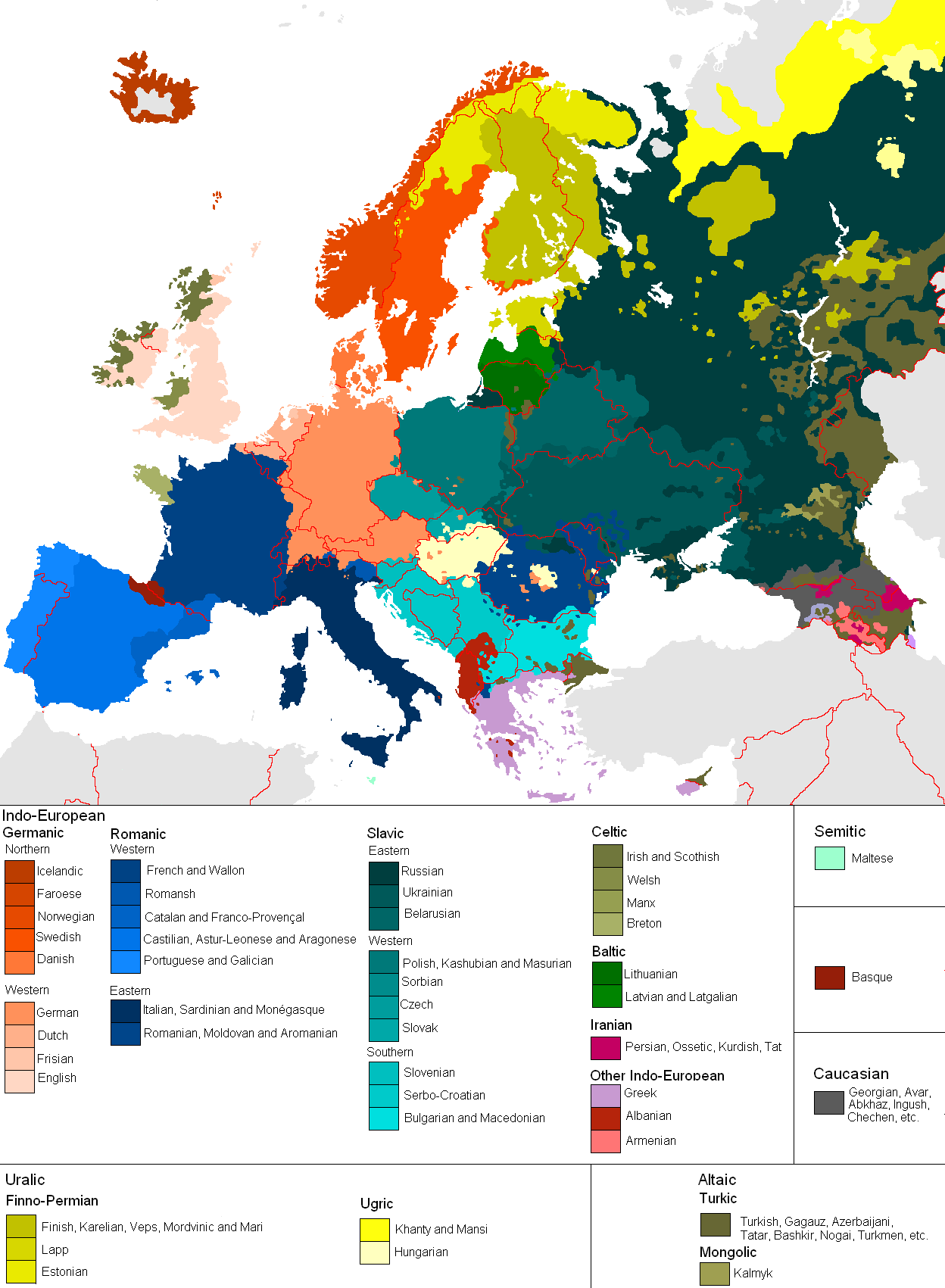
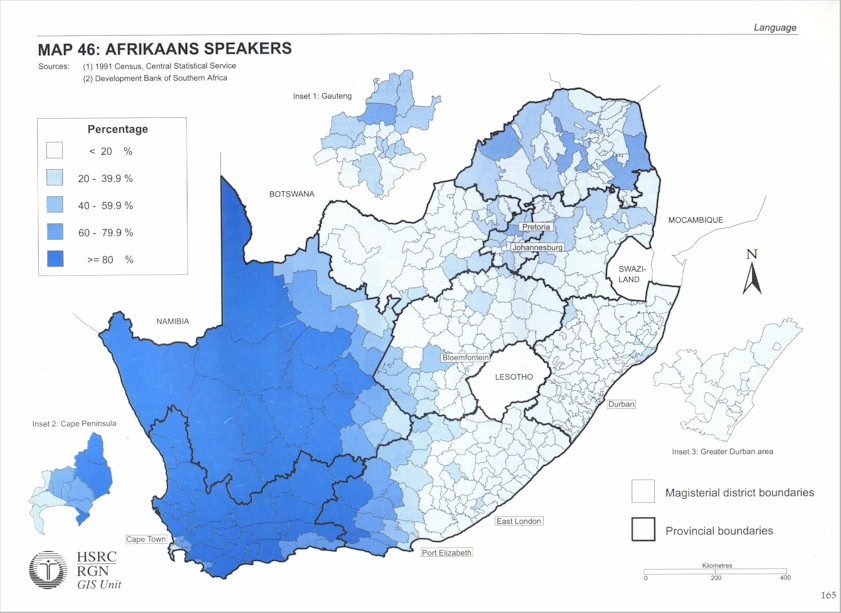

| This document is http://www.hum.au.dk/engelsk/engsv/papers/marburg/ |
|
|
First posted: August 2009 · Last modified: August 6, 2009 Comments and suggestions to Sten Vikner |
|